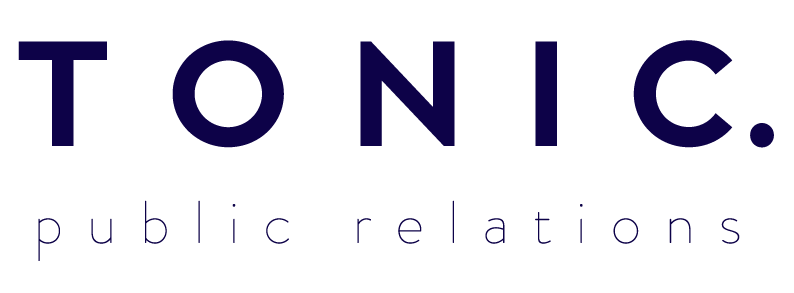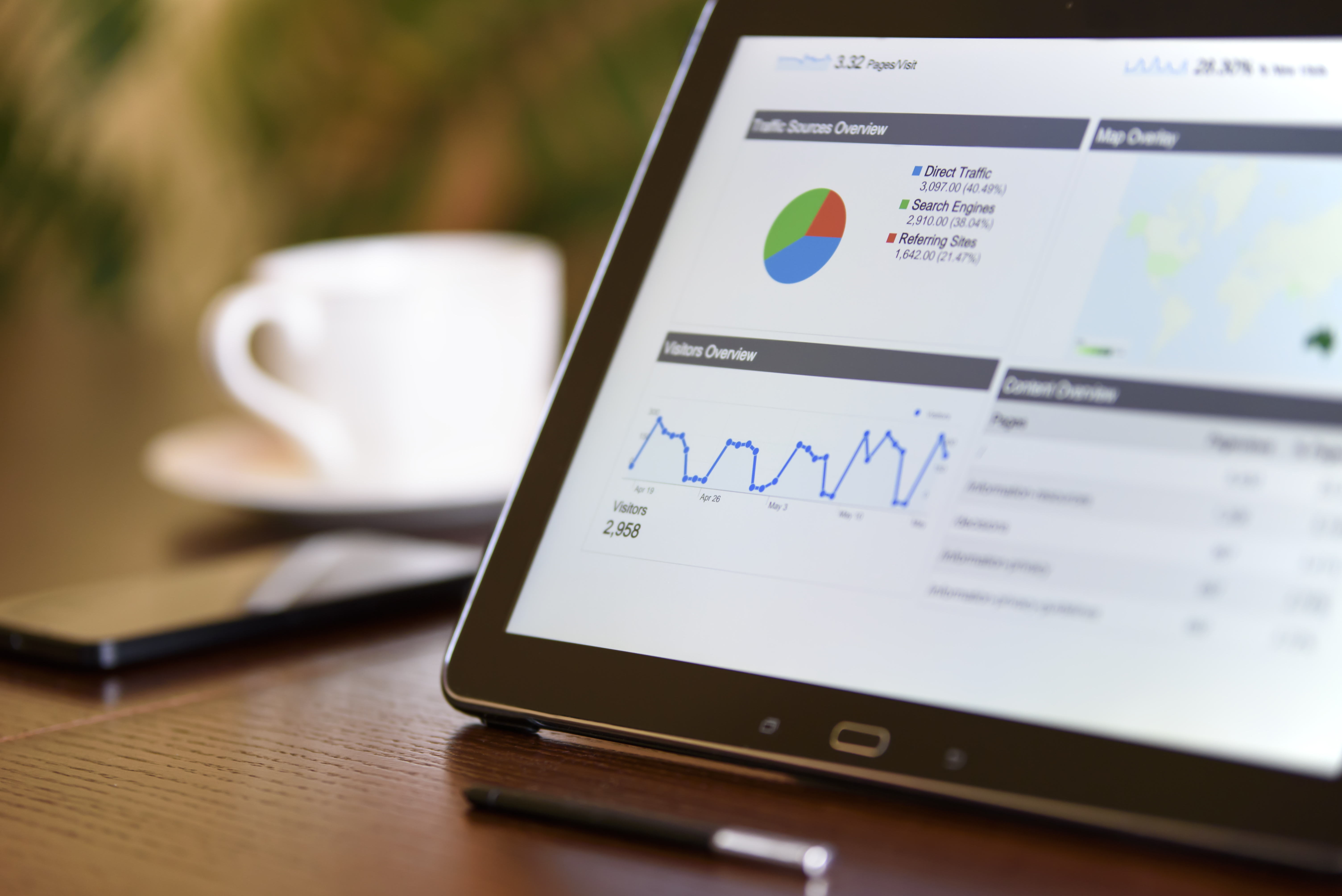Social media is a space so vast and fast-moving that it genuinely evolves on a day to basis. The Apple Store grows by 1,000 apps a day – how’s that for a statistic?
The ability to show value with any social campaign is down to clear reporting that relates directly to the campaign objectives. There’s no use throwing a bunch of stats on a page if they don’t mean anything or relate to the overall objective.
Here’s some reporting basics.
The value of reporting
Why bother spending hours on Facebook and Instagram if it’s not getting you new customers, right? Reporting allows you to identify what is and isn’t working and to make adjustments rather than get to the end of a campaign or six months in and realise it’s not working. Without reporting, essentially you are flying blind.
Set some clear objectives upfront i.e. reach 1000 followers, increase engagement to x%, increase click-throughs to the website, sell 50 tickets to a dinner event. This will help you to focus your social.
Metrics vs. Insights
Once you’ve confirmed your objective(s), it’s important to map out which metrics that each social channel provides directly demonstrate whether you are reaching it. For example, your objective is to grow followers to 1000, predominantly males in the 25-24-year age bracket. The metrics to use include follower growth and age and sex demographics of your community. Track these over the campaign period. If it’s not going the way you want, revisit your content and try something new!
In addition to the hard metric number, including an insight which highlights the learning from what the metrics present. For example, if the community matches the objective the insight is that the current strategy of x, y, z posts is working. If not, the content strategy needs to be reviewed.
Know your audience
It’s super important to know who your audience is on social if you’re going to post content that resonates with them. Facebook insights allows you to drill down into demographics including location, age, sex, occupation and more. This intel can then help to shape your posts so you’re driving engagement and encouraging people to unfollow.
As well as hard analytics, anecdotal evidence picked up through consistent and real time community management is key to getting to know your audience. Liking and engaging in conversations with your social community is valuable one on one time and will give you a great indication of your community.
Performance
Don’t be afraid to constantly question the performance of your social media. In fact, questioning the performance constantly and asking ‘why’ brings you back to focusing on what your objectives are. Everything you post should be of value to your community.

